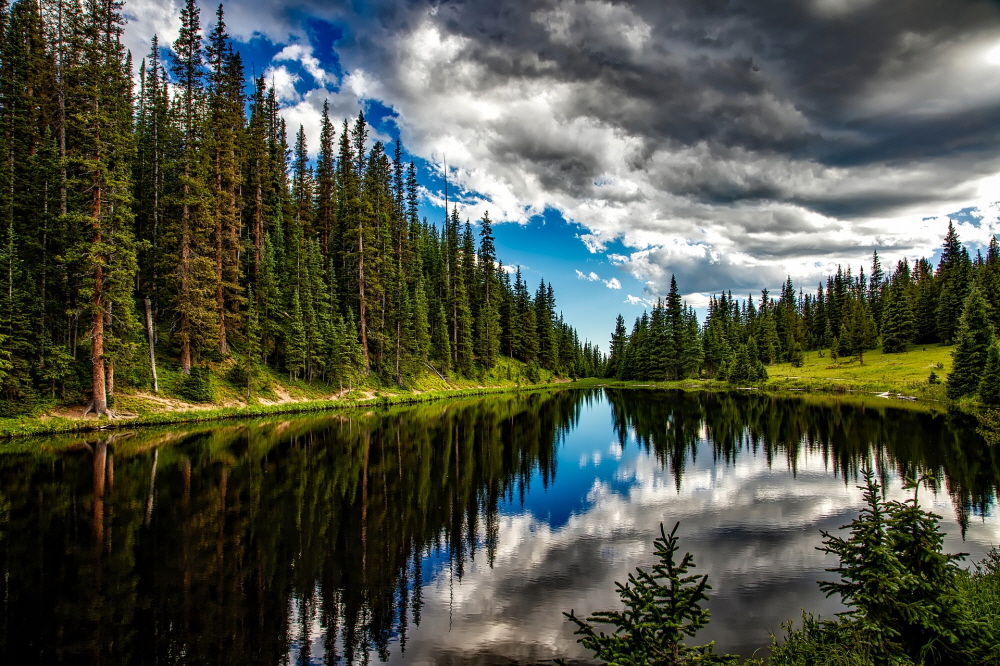
Forests can save the planet from the threat of climate change. Research has shown that it also requires a forest the size of the United States.
Trees absorb carbon dioxide from the air through photosynthesis, as is well known. Carbon dioxide makes it possible to stop greenhouse gases that cause climate change. Growing forests by planting trees absorbs carbon dioxide from humans and stores them in branches and roots. Planting a lot of trees can offset the carbon dioxide emitted by humans.
The IPCC estimates that in order to somehow stop global warming below 1.5 degrees by 2050, not only the existing 4.4 billion hectares of forest, but an additional 1 billion hectares are needed. As the world’s population currently stands at 7.7 billion, it is calculated that trees should be planted in an area of 1.3 hectares per person or 10 Olympic-sized swimming pools.
According to a paper published in the journal Science by a research team published in Zurich, there are still 900 million hectares of land that can be planted on the planet. It is almost the size of one in the United States. If all of these 900 million hectares can be filled with forest, it is calculated that it would absorb 250 billion tons of carbon dioxide. Last year, carbon dioxide emissions were 37.1 billion tons. It is less than the 1 billion hectares calculated by the IPCC, but it is clear that forestry is an important tool for climate change. The research team says that if forests can be decorated in all areas where afforestation is possible, the amount of carbon dioxide currently accumulated in the air can be reduced by about a quarter.
The definition of a forest by the FAO of the Food and Agriculture Organization of the United Nations requires a tree planting rate of at least 10%. 78,774 photos of forests that fall under this definition were extracted from Google Earth, and green areas created by human hands such as parks, green areas, and ranches were removed.
Then, the forest picture was analyzed to identify 10 variables that influence the climate, soil, and ratio of wanting trees, and a forest prediction model was created. For example, fertile soils in subtropical climates have a high rate of planting trees in forests, but in a climate with low rainfall, there are not many trees growing on lands, so the rate of planting trees decreases. Nevertheless, it is said that there are many places where forests do not exist, so there are many places that have the growth potential to become forests. The research team gathered these places across the globe and estimated that the total area of the forest candidate site is 3.1 billion hectares.
However, since humans live or where they can cultivate fields, subtracting this area results in the number of 900 million hectares described above. Russia, the United States, Canada, Australia, Brazil and China had the highest potential for land suitable for reforestation, and 50% of the total forest candidates were located in these six countries.
Of course, there are experts who dispute the findings of this study. It is too optimistic that it depends on the model. It takes decades for trees to grow, but this model doesn’t account for the time difference at all. Even if you try to properly plant seedlings in a forest candidate to form a forest, it will take decades. During this period, climate change may progress and forests may no longer be formed in the land. Rainforests, including the Amazon, are expected to dry out the soil in the future due to climate change, and there is a high risk of forest formation failure when temperatures rise. Related information can be found here .

